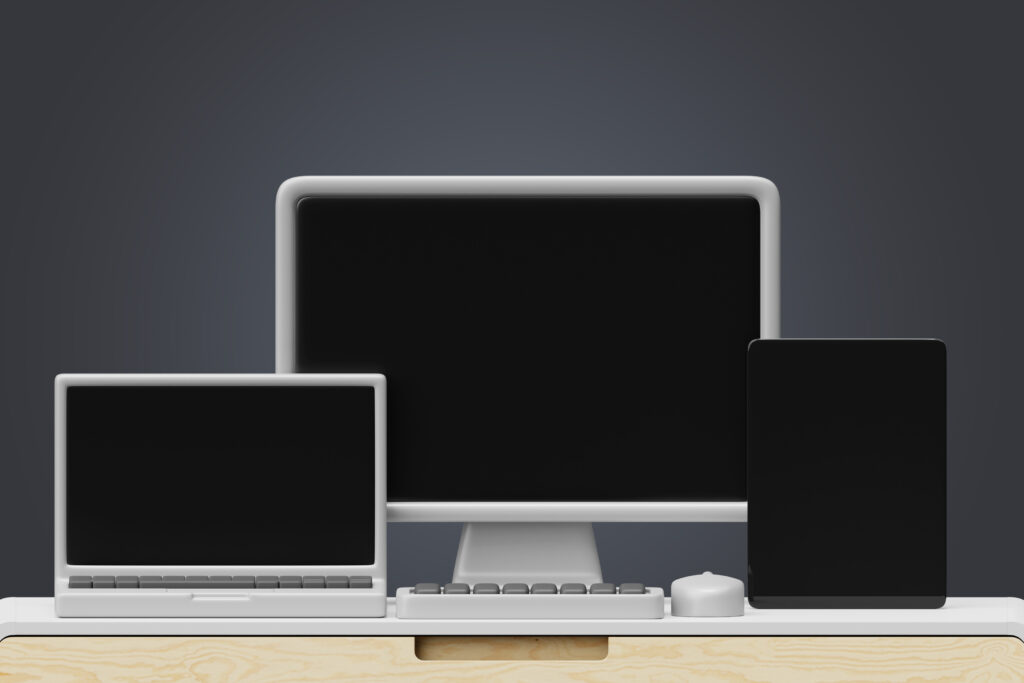Tips for Organizing Your Desktop and Laptop Workflow

Introduction :
Declutter Your Desktop :
Use Desktop Backgrounds Wisely :
Implement a Backup System :
Protect your important data by implementing a reliable backup system. Make sure to regularly back up your files to an external hard drive or cloud storage. This will help prevent data loss in case of hardware failure or other unexpected events. Automated backup tools can simplify the process and ensure that your files are consistently backed up without manual intervention. Organize your desktop icons and taskbar shortcuts based on your workflow priorities. Pin frequently used applications to the taskbar for quick access, and organize them according to their usage frequency. Customize the taskbar settings to maximize efficiency, such as grouping similar apps or hiding unnecessary system icons.
Organize Files and Folders :
Establish a logical file organization system on both your desktop and laptop. Create main folders for different categories such as work, personal, projects, and reference materials. Within each main folder, create subfolders to further categorize your files. Use clear and descriptive names for folders and files to facilitate easy retrieval when needed. Save your files safely by using cloud storage services such as Google Drive, Dropbox, or Microsoft OneDrive. You can access your files from any device. Sync your desktop and laptop with cloud storage to ensure seamless file sharing and backup. This not only frees up storage space on your devices but also provides flexibility and accessibility wherever you go.
Streamline Startup Programs :
Review and optimize the list of startup programs on your desktop or laptop. Disable unnecessary startup items that consume system resources and prolong the boot-up process. Improving your device’s performance helps you focus on important tasks without any delays.
Establish Productive Work Zones :
Designate specific areas on your desktop for different types of tasks. For example, create separate folders or virtual desktops for work-related projects, personal documents, and multimedia files. This segmentation helps maintain organization and prevents distractions by keeping relevant materials within easy reach.
Invest in Productivity Tools :
Explore productivity tools and software applications that can enhance your workflow efficiency. Find the tools that work best for you, like project management software, task organizers, note-taking apps, or communication tools. These tools will help you stay organized and focused on your work.
Practice Regular Maintenance :
Schedule regular maintenance tasks for your desktop and laptop to ensure optimal performance. This includes software updates, disk cleanup, virus scans, and system optimizations. By keeping your devices running smoothly, you minimize the risk of disruptions and maintain a conducive environment for productivity.
Conclusion :
In conclusion, Use these tips to organize your desktop and laptop workflow, no matter if you have an HP, Lenovo, or Dell device. Always remember that productivity is a journey that never ends. Make sure to regularly review and adapt your workflow to fit your changing needs and preferences. With a well-organized digital workspace, you’ll be better equipped to tackle tasks efficiently and achieve your goals effectively.
